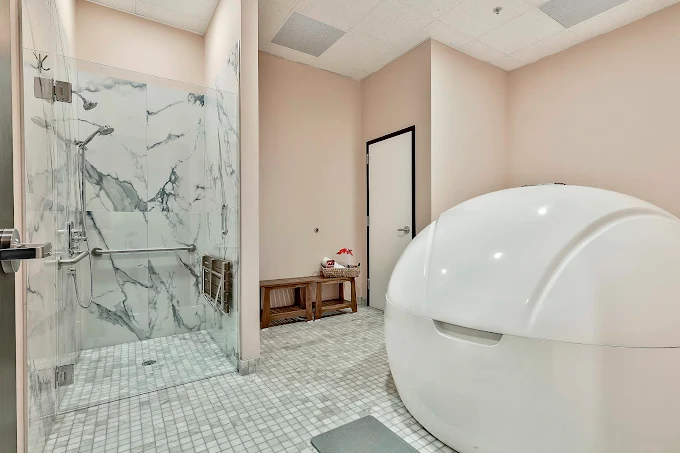
Float Tank Myths: What’s Actually True About Sensory Deprivation?
Float tanks have a reputation built on myths, marketing, and half-truths. Here’s what’s real and what’s just hype about sensory deprivation therapy.
Float Tank Myths: What’s Actually True About Sensory Deprivation?
Float tanks are everywhere in modern wellness, but the real value often gets buried under trendy buzzwords and exaggerated promises. If you have doubts, you’re not alone. This guide separates fact from fiction so you can decide if float therapy is worth your time.
Myth 1: You Have to Meditate to Get Results
Reality:
You don’t need a background in mindfulness or breathwork to benefit. Floating removes the normal input your body and brain constantly manage. Whether your mind races or goes quiet, your nervous system gets relief simply from the reduction in sensory load.
Myth 2: It’s Only for Stress and Anxiety
Reality:
Float therapy supports the parasympathetic nervous system, which lowers stress. But it also improves blood flow, aids muscle recovery, and reduces chronic pain. Clients use it for sleep support, injury recovery, mental clarity, and more. It’s a tool for physical and cognitive reset, not just relaxation.
Myth 3: It Feels Claustrophobic
Reality:
The tank is more spacious than it appears. You can sit up, stretch out, and exit at any time. Most people report the feeling of weightlessness overrides anxiety within the first few minutes. The environment is fully in your control, including lighting and music.
Myth 4: You Need Multiple Sessions to Feel Anything
Reality:
Even one float can have noticeable effects. Cortisol levels drop, heart rate slows, and muscle tension softens after a single session. Consistency builds on those benefits, but meaningful results are common from the start.
Myth 5: All Float Centers Are the Same
Reality:
They are not. Water chemistry, tank style, sanitation protocols, and staff training vary widely. A high-quality float studio maintains medical-grade cleanliness, balanced minerals, and a clear client onboarding process. These details shape the outcome more than most realize.
Myth 6: It’s a Placebo Without Scientific Backing
Reality:
Studies from respected institutions have shown float therapy lowers anxiety, supports neuroplasticity, and reduces pain intensity. Functional MRI scans reveal changes in the brain's default mode network during floats, similar to deep meditative states. The science is there, and growing.
Takeaway
Float therapy is not a fringe practice or a spiritual gimmick. It’s a clinically backed method for downregulating the nervous system and restoring internal balance. You don’t have to be an athlete, mystic, or biohacker to benefit. You just need to be willing to try and let your body do what it’s designed to do.
Frequently Asked Questions
What should I expect in my first float?
Expect to lie weightlessly in warm, mineral-rich water inside a quiet, enclosed space. You can control the light and sound. After a few minutes, most people feel deeply relaxed, almost like they are floating in space.
Will I feel claustrophobic?
Unlikely. The tank is more spacious than it appears, and you can open the lid or exit at any time. The feeling of weightlessness usually helps override any initial tension.
Do I need to float regularly to get results?
No. Even one session can reduce stress and improve recovery. However, people who float consistently often experience deeper benefits over time, including improved sleep and mental clarity.
Is floating safe for everyone?
Most healthy adults can float safely. People with open wounds, uncontrolled epilepsy, or certain skin sensitivities should consult a doctor before booking a session.
What should I do before my appointment?
Avoid caffeine, heavy meals, or shaving just before your float. Arrive hydrated, and bring minimal expectations. The less you try to “achieve” during the float, the more likely your body is to reset.
Share this article
Help others discover the benefits of wellness